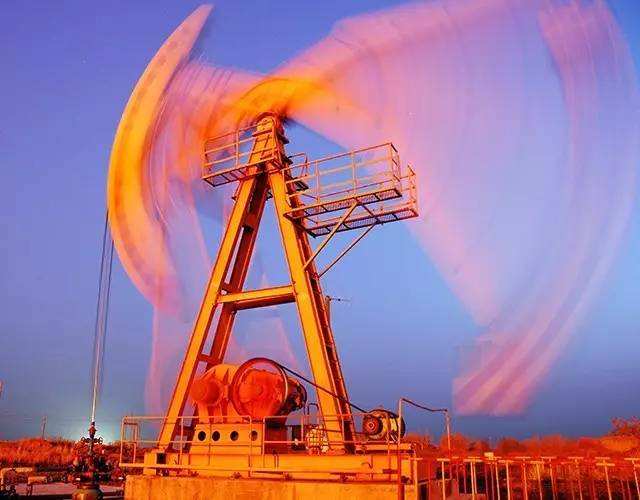- +86-373-5896638
- sales@oilfield-chem.com
Product Categories

Oil and gas markets recovery is likely to gather pace in the second half of the year as countries further ease lockdown restrictions and demand rises, said Opec Secretary General Mohammad Sanusi Barkindo, expressing cautious optimism that the worst is over.
The huge and unprecedented oil market imbalance that faced the industry in April in the wake of Covid-19 pandemic required an unparalleled response from producers, said Barkindo, taking part in the online Adipec Energy Dialogues.
Underlining the importance of the two-year agreement, signed by Opec and non-Opec oil producing countries in the Declaration of Cooperation (DoC) on April 12, and revalidated earlier this month on June 6, Barkindo said he was confident that more stability would return to oil markets in the second half of the year, but more work is required to draw down existing oil inventories to help rebalance markets.
As we see countries begin to open up, we will see demand start to come back," Barkindo said. "I remain optimistic but cautious the worst is over and a recovery will be in full swing in the second half of this year, with stocks beginning to be withdrawn. However, what shape the recovery will take, whether a V shape, W or inverted hockey stick, is still uncertain.
Nevertheless, I am hopeful by the end of this year we will begin to see some further semblance of stability restored to oil markets. Then we will be in a position to move into the next phase of sustaining that stability. Hence the importance of the two-year duration of the historic agreement signed by the Opec Plus group of countries and non-Opec producers."
Setting out the scale of the "unprecedented demand destruction" suffered by oil markets in April, Barkindo said oil demand had fallen by 20 to 24 million barrels a day, from a high of 100 million barrels per day, as economic and societal lockdowns, in response to the Covid-19 coronavirus, ravaged the global economy. It led to the largest single supply adjustment in history with Opec and non-Opec producers adjusting oil output, including from those outside of the DoC, by almost 20 million barrels a day.